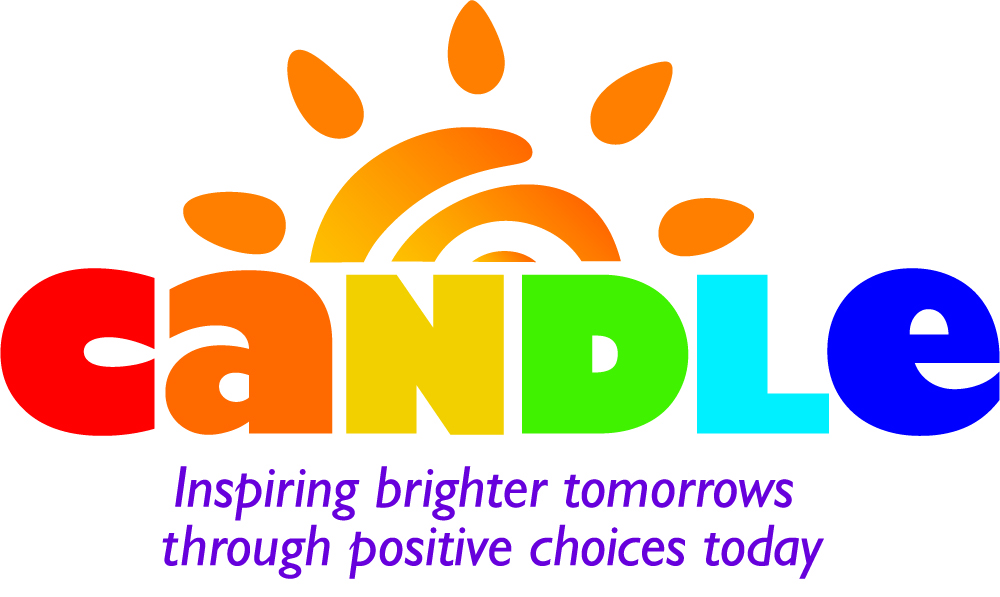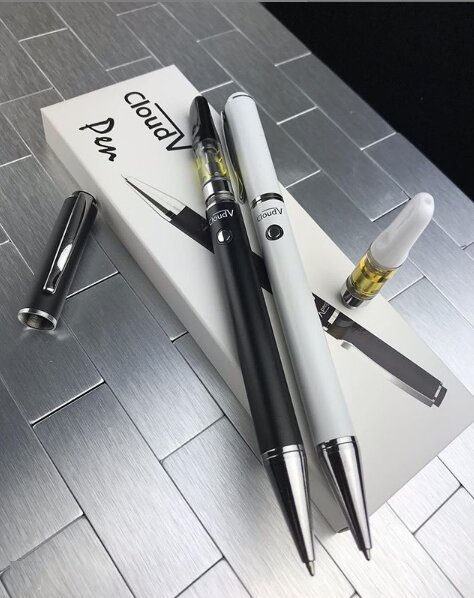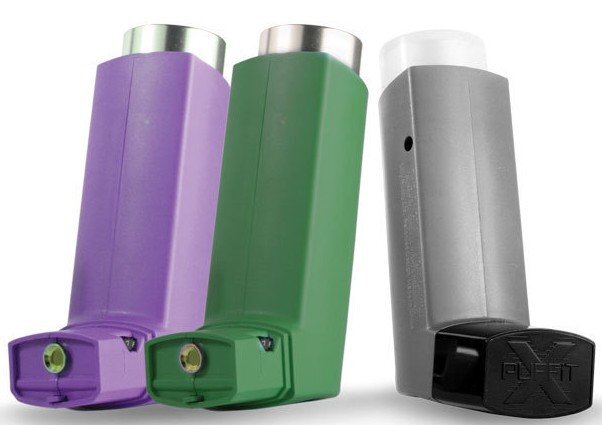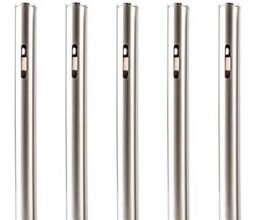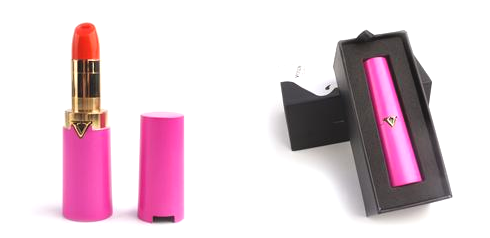Would you recognize these items as marijuana if you saw them among your child’s things?
Photo of different forms if marijuana courtesy of THCphotos.org
What is Marijuana?
Marijuana is the most commonly used psychotropic drug in the United States after alcohol, according to the 2018 National Survey on Drug Use and Health. Marijuana, often known among youth as pot or weed, is a generic term used to denote the several psychoactive preparations of the Cannabis sativa or Cannabis indica plant. The major psychoactive constituent in marijuana is ∆-9 tetrahydrocannabinol (THC). The THC potency in marijuana has skyrocketed in the last 30 years. In the 1990’s, THC content in marijuana was about 3.74%. In 2018, it was more than 15%.
People may smoke marijuana in hand-rolled cigarettes (joints), cigars that have been partly or completely refilled with marijuana (blunts), or in pipes or water pipes (bowls or bongs). To avoid inhaling smoke, some people use vaporizers that use a liquid marijuana extract. These devices pull the active ingredients (including THC) from the marijuana and collect their “vapor” in a storage unit. A person then inhales the “vapor,” not the smoke. In general, the smell of marijuana is much less obvious when vaped. The effects of smoking or vaping marijuana can be felt in minutes.
Blunts can be purchased ready to smoke..
Marijuana (Cannabis) vapes look harmless and appealing.
Marijuana Extracts
The various forms of marijuana
Marijuana is now available in many different forms.
Marijuana can be concentrated into a resin known as a marijuana extract or hash oil that is made using flammable chemical solvents such as butane. Hash oil is usually smoked in vaporizers or e-cigarettes. Smoking THC-rich resins extracted from the marijuana plant is becoming more prevalent. It is often known as dabbing. These extracts come in various forms, such as:
wax — a soft solid with a texture similar to lip balm
hash oil or honey oil — a gooey liquid
shatter — an amber-colored, hard solid
Marijuana concentrates can contain more than 80% THC (NIDA, 2018). These extracts can deliver extremely large amounts of THC to the body, and their use has sent some people to the emergency room. Another danger is in preparing these extracts, which usually involves lighter fluid. A number of people have caused fires and explosions and have been seriously burned from using butane to make extracts at home.
Marijuana Edibles
Edibles are food products infused with marijuana. Smoking is still the most prevalent method, but ingesting marijuana is becoming more common. Marijuana can be infused into almost any food, these are some of the many options:
brownies
butter
chocolate
cookies
cooking oil
gummy bears
lollipops
Marijuana often comes in brightly colored appealing packages.
Marijuana edibles can be indistinguishable from other foods.
When ingested, the effects of marijuana take longer to feel because the THC is absorbed into the bloodstream through the liver. As a result, users often think the drug isn’t working and consume more.
The amount of THC, the active ingredient in marijuana, is extremely difficult to measure in edibles and its quantity is often unknown in these food products. Marijuana sends more 12-24 year-olds to the emergency room than any other illicit drug.
Health Effects
The use of marijuana may have far reaching effects, both mentally and physically.
PHYSICAL EFFECTS:
Increase in heart rate. Marijuana raises the user’s heart rate for up to 3 hours after smoking. This effect may increase the chance of heart attack.
Problems with Breathing: Marijuana smoke irritates the lungs, and those who smoke marijuana often can have the same breathing problems as those who smoke tobacco, including: daily cough and phlegm, more frequent lung illness, and a higher risk of lung infections.
Severe nausea and vomiting. Consistent, long-term use of marijuana can lead some users to develop Cannabinoid Hyperemesis Syndrome, which causes them to experience regular cycles of severe nausea, vomiting, and dehydration, sometimes requiring emergency medical attention.
MENTAL EFFECTS:
SHORT TERM:
altered sense of time
altered senses (for example, seeing brighter colors)
changes in mood
delusions (when taken in high doses)
difficulty with thinking and problem-solving
hallucinations (when taken in high doses)
impaired body movement
impaired memory
psychosis (risk is highest with regular use of high potency marijuana)
LONG TERM:
Long-term marijuana use has been linked to:
loss of an average of 8 IQ points between ages 13 and 38 with ongoing marijuana use
mental health problems, such as anxiety, depression, and suicidal thoughts among teens, however, study findings have been mixed.
mental illness in some people
paranoia
temporary hallucinations
worsening symptoms in patients with schizophrenia
Hidden in Plain Sight
The images below show devices people use to conceal or disguise marijuana use with everyday items.
Talking about Marijuana
To share your concern with someone who is using marijuana:
Before the talk
Know the facts
Be patient and ready to listen
Set a positive example by being marijuana-free
Start the conversation
Find the right moment
Ask for support
Answer their questions
Keep the conversation going
Share facts and resources
Remind them and repeat that not everyone is doing it!
Remember, if someone you know has been using marijuana they may have developed Marijuana Use Disorder
or even be addicted. They will need assistance to quit.
Here are some places to start:
Your doctor or pulmonologist
SAMHSA National Helpline 1-800-662-4357
There are several apps that can help on the journey to quitting. Click here for more details.
Other Resources
Center for Disease Control (CDC) - Information for Parents, Educators, and Health Care Providers
Center for Disease Control (CDC) - Electronic Cigarettes: Get the Facts
Partnership to End Addiction - How to Talk About Marijuana
Partnership to End Addiction - Marijuana
Partnership to End Addiction - Marijuana Talk Toolkit
Today's Parent - How to Talk with Your Kids About Cannabis
For more information or to schedule a training please contact CANDLE’s
Prevention Program Director, Jacqueline Sellin at 845-634-6677 ext. 14.
